UK: Madder Hawkmoth; Komarov's Sphinx, RUS: Komarova Brazhnik, CZ: Liaj komarovi, FIN: Venäjänkiitäjä.
Chaerocampa komarovi stipularis Swinhoe, 1885, Trans. ent. Soc. Lond. 18: 346.Type locality: Chaman, Afghanistan [Pakistan, Baluchistan].
[Further details on this species, as well as photos of all stages, can be found on Lepiforum.]
Holarctic; western Palaearctic region. Pleistocene refuge: Monocentric -- unclear, probably the eastern half of the Iranian refuge, or Afghan subsection of the Turkestan refuge.
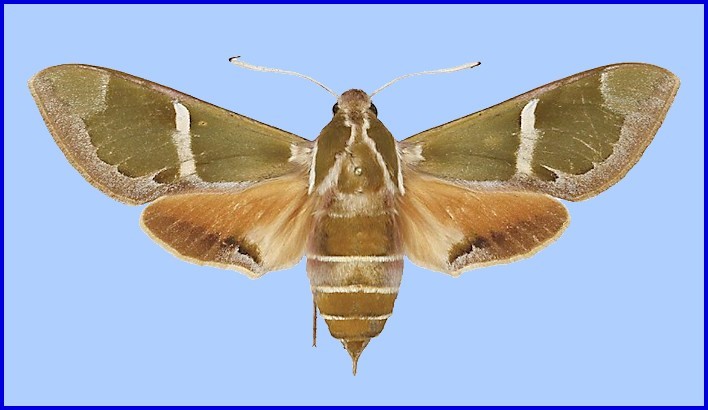
Wingspan: 65--81mm. Larger and paler than the nominate subspecies, but not as large or pale as some races of subsp. rjabovi O. Bang-Haas, 1935. The predominant colour of the hindwings is pale orange rather than yellow.
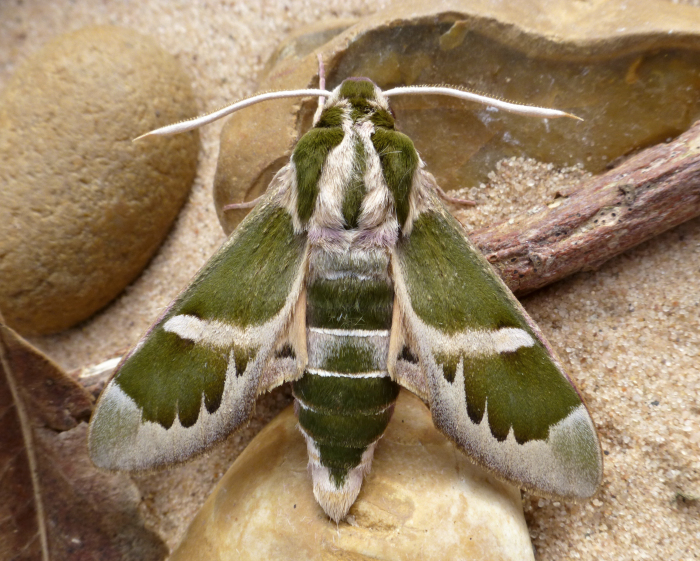
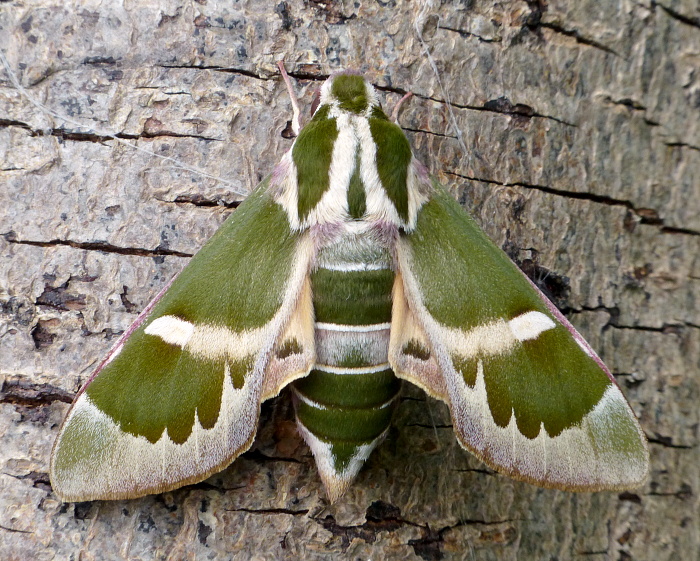
A local subspecies, occurring in well-defined colonies amongst richer than normal vegetation. Forms a cline with subsp. rjabovi where they 'overlap' in range in western Afghanistan. Occurs in mountainous areas on steep, herb- and grass-covered hillsides (between 3000-3750m in Pakistan; 1000-2000m in Kazakhstan), especially those strewn with boulders and grazed by livestock; also on the sides of rocky gullies.
Usually the last two weeks of May (e.g. Chaman, Pakistan), with a partial second brood in July/August. In the Boguty Mountains of Kazakhstan (east of Almaty), individuals were taken in late May and early June (Eitschberger & Lukhtanov, 1996); and in early May (7.v.2012) at 1060m along the Kyzylata River in the Karatau Mountains north of Kentau (Pascal Régnier, pers. comm. 2014). The individuals from northern Pakistan (Hindukush Mountains, 5 km E of Shandur Pass/Teru village) were captured 24-28.vi.2000 at 3000-3750m altitude (T. Melichar, pers. comm. 2013).
OVUM: 1.2 x 1.4mm. Differs slightly from that of subsp. rjabovi, in being smaller, more spherical and less blue-green; very hard and glossy. Light jade green when first laid, becoming more glaucous with age, with some areas paler than others.
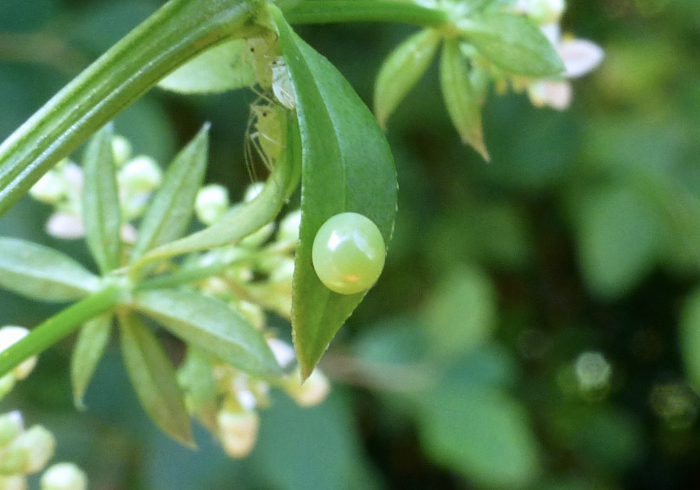
LARVA: As per subsp. rjabovi (Serge Yevdoshenko, pers. comm. 2018).
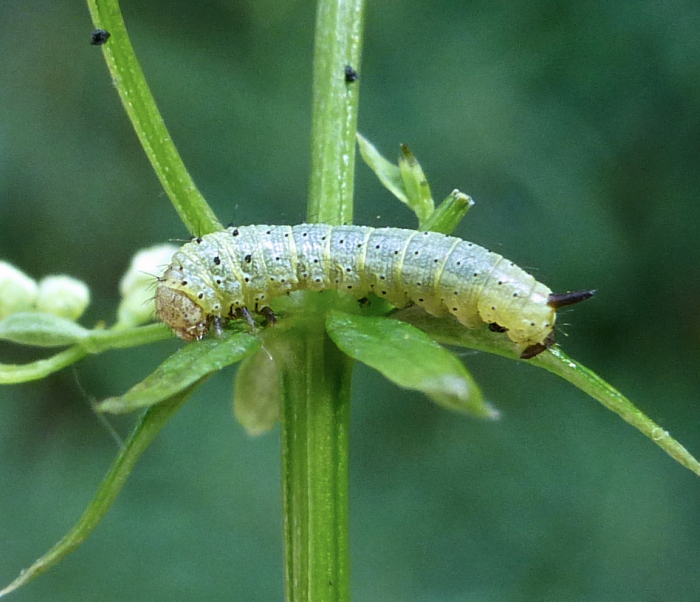
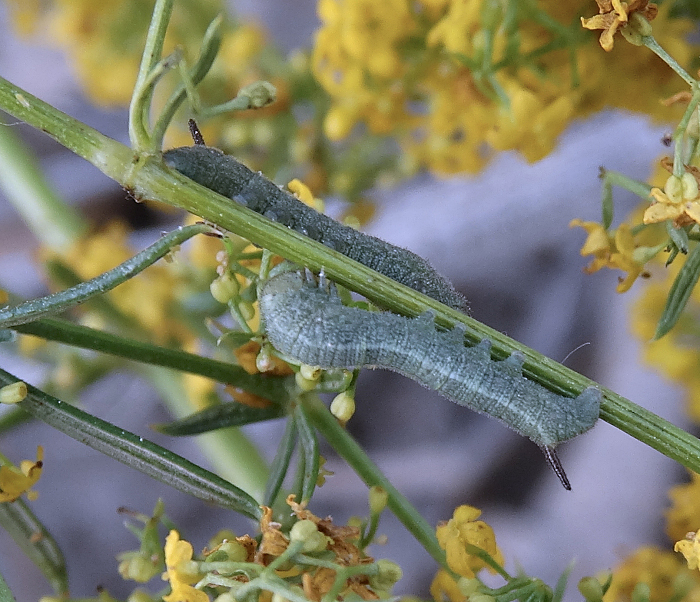
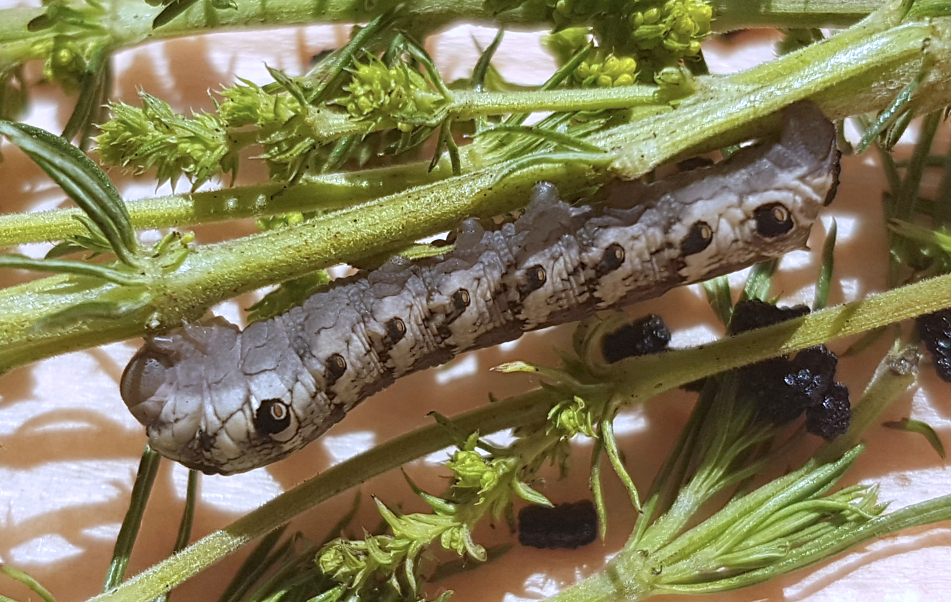
Hostplants. Species of Rubia (Serge Yevdoshenko, pers. comm. 2018); on Rubia alaica in Kyrgyzstan (Toropov, Milko, Zhdanko & Evdoshenko, 2023).
PUPA: As per subsp. rjabovi (Serge Yevdoshenko, pers. comm. 2018), but tongue case not so bulbous or projecting.
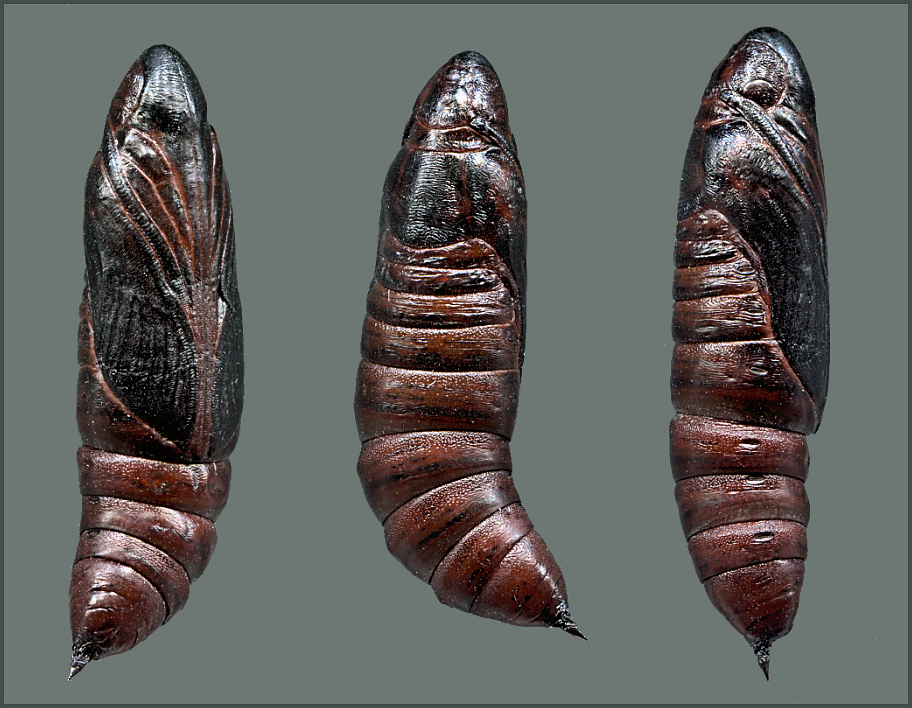
None recorded.
Central and eastern Afghanistan (Swinhoe, 1885; Ebert, 1969), Baluchistan and the Hindukush area of western/northern Pakistan (leg. Z. Varga & G. Ronkay, ex coll. György Fábián, coll. Sphingidae museum of Czech Rep.) (Swinhoe, 1885; Rafi et al., 2014), southern Uzbekistan (Western Gissar Mountains), Tajikistan (Derzhavets, 1984), Kyrgyzstan (Zardaly region etc.) (Korb, 2018; Toropov, Milko, Zhdanko & Evdoshenko, 2023) and southern and eastern Kazakhstan (Eitschberger & Lukhtanov, 1996; Pascal Régnier, pers. comm. 2014; Shovkoon, 2015; Toropov, Milko, Zhdanko & Evdoshenko, 2023).
It may have a wider distribution than indicated due to the remote, inaccessible nature of its habitat.
Extra-limital range. None, although it may yet be found in the Chinese portion of the Pamirs and/or Tian Shan.
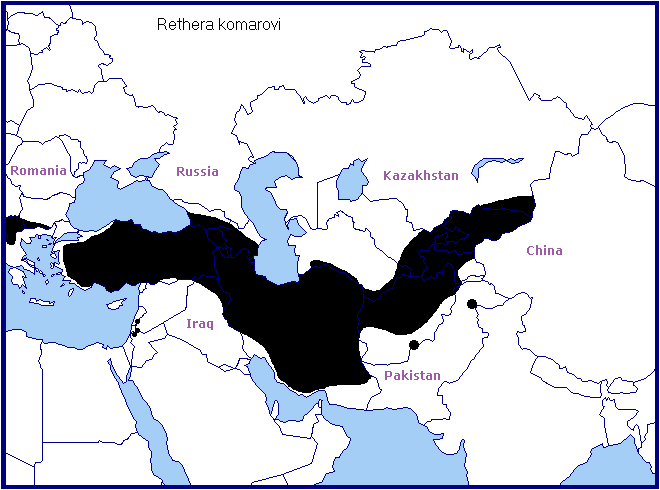
South-east Europe (northern Greece, Albania, the Republic of Macedonia, western Bulgaria) and western/central Turkey as subsp. drilon (Rebel & Zerny, 1931). Eastern Turkey, the mountains straddling Jordan, Syria and Lebanon, the Republic of Georgia, Armenia, Azerbaijan, Iraqi Kurdistan (Wiltshire, 1957), and from northern Iran south along the Zagros Mountains (Barou, 1967; Ghassemi, Alemansoor & Alehossein, 2010) to the rest of central, southern and eastern Iran (and maybe also western Afghanistan (Ebert, 1969)) as subsp. rjabovi O. Bang-Haas, 1935. The Kopet-Dagh mountains of northeastern Iran and southwestern Turkmenistan as subsp. komarovi (Christoph, 1885).
 Return to species list
Return to species list